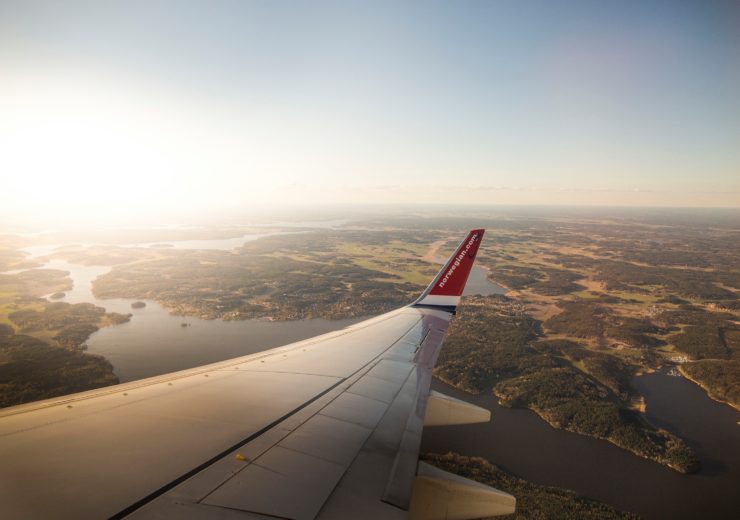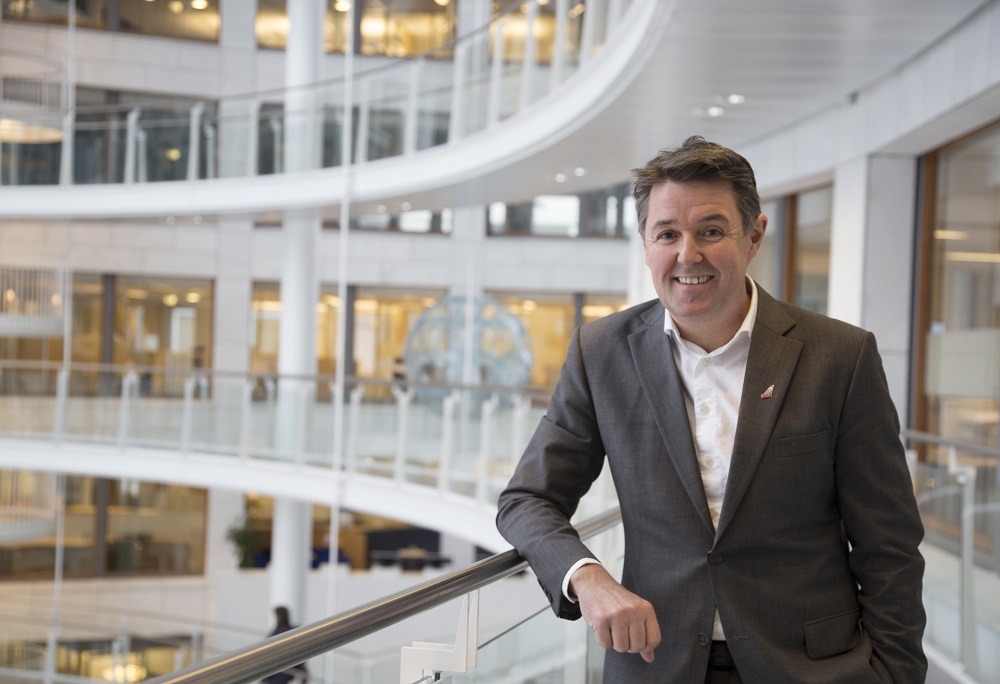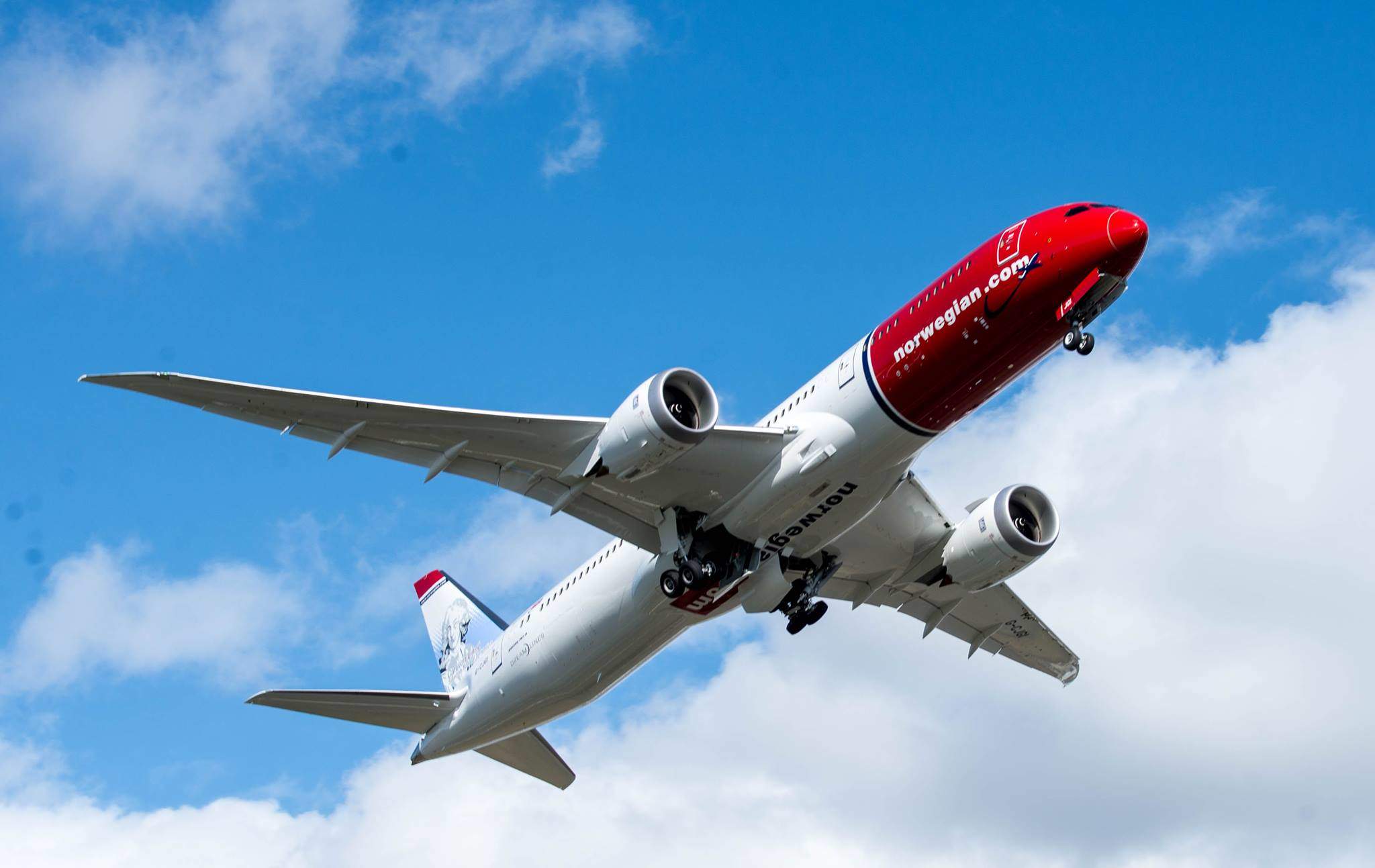
Norwegian informs passengers how its flights’ emissions compares to the industry average when they're booking a flight (Credit: Norwegian)
Norwegian has launched a programme for passengers to offset their carbon footprint – becoming the first airline to sign a United Nations climate initiative.
The budget carrier, which flies both short and long-haul, has joined the UN Framework Convention on Climate Change (UNFCCC) as it committed to become climate-neutral by 2050.
It will now offer customers climate compensation as part of its integrated booking process.
Norwegian boss on why it’s offering a climate offset programme
Geir Karlsen, acting CEO of Norwegian, said: “Norwegian has been named one of the world’s most environmentally-friendly airlines and we are continuously working to reduce our emissions through new initiatives.
“We’re now putting a price on actual carbon emissions from flying, making it easy for all our customers to take climate action.
“Even if commercial aviation technology continues to develop and Norwegian keeps reducing its environmental impact, emission-free flying is not possible today.

“Carbon offsetting is an important tool in managing today’s emissions, and we know that many of our customers would like to compensate for emissions associated with their journey.”
The UNFCCC, which has been in force since 1994, sets non-binding limits on greenhouse gas emissions for countries and outlines how international treaties may be negotiated to slow down climate change.
Niclas Svenningsen, manager of global climate action at the UN, added: “Putting a price on carbon in this way also helps driving more action and more ambition at all levels of society, including in business.
“We welcome this initiative by Norwegian to help their customers compensate their emissions when they travel.
“Bringing people together is fundamental for global understanding, for the economy, for wellbeing, and for the planet. We welcome Norwegian to our Climate Neutral Now initiative.”
How does the Norwegian carbon offset scheme work?
When selecting a flight, Norwegian informs passengers how its flights’ emissions compares to the industry average.
The CO2 emissions calculation is based on the official methodology of the UN’s International Civil Aviation Organisation, the International Council of Clean Transportation and Norwegian’s own flight emissions data.
Next, customers are offered a simple option to offset their calculated carbon footprint directly in the checkout process.
For those who opt in, offsetting is then achieved through carefully selected CO2-reducing clean energy projects in regions that Norwegian flies to.
The projects are certified by the UN and Gold Standard, which sets the standard for climate and development programmes to quantify, certify and maximise their impact.
The Gold Standard also includes contributions to other UN sustainable development goals.

Sarah Leugers, director of communications at Gold Standard, said: “In addition to climate impact, all Gold Standard projects deliver verified benefits to the local communities where they operate – new jobs, clean energy, improved air, and more.
“If Norwegian Air passengers are passionate about climate justice, they can trust that their contribution goes far beyond offsetting emissions.”
Norwegian has chosen climate tech company CHOOOSE as a partner for its carbon offset programme.
The Oslo-based firm has developed software that seamlessly integrates into the customer check-out process so customers can connect with CO2-reducing projects around the world.
CEO Andreas Slettvoll added: “CHOOOSE collaborates with those who challenge the status quo, demonstrate that they’re committed to reducing emissions, and take responsibility for the elephant in the room – some carbon footprints cannot be entirely avoided based on today’s technology.”


